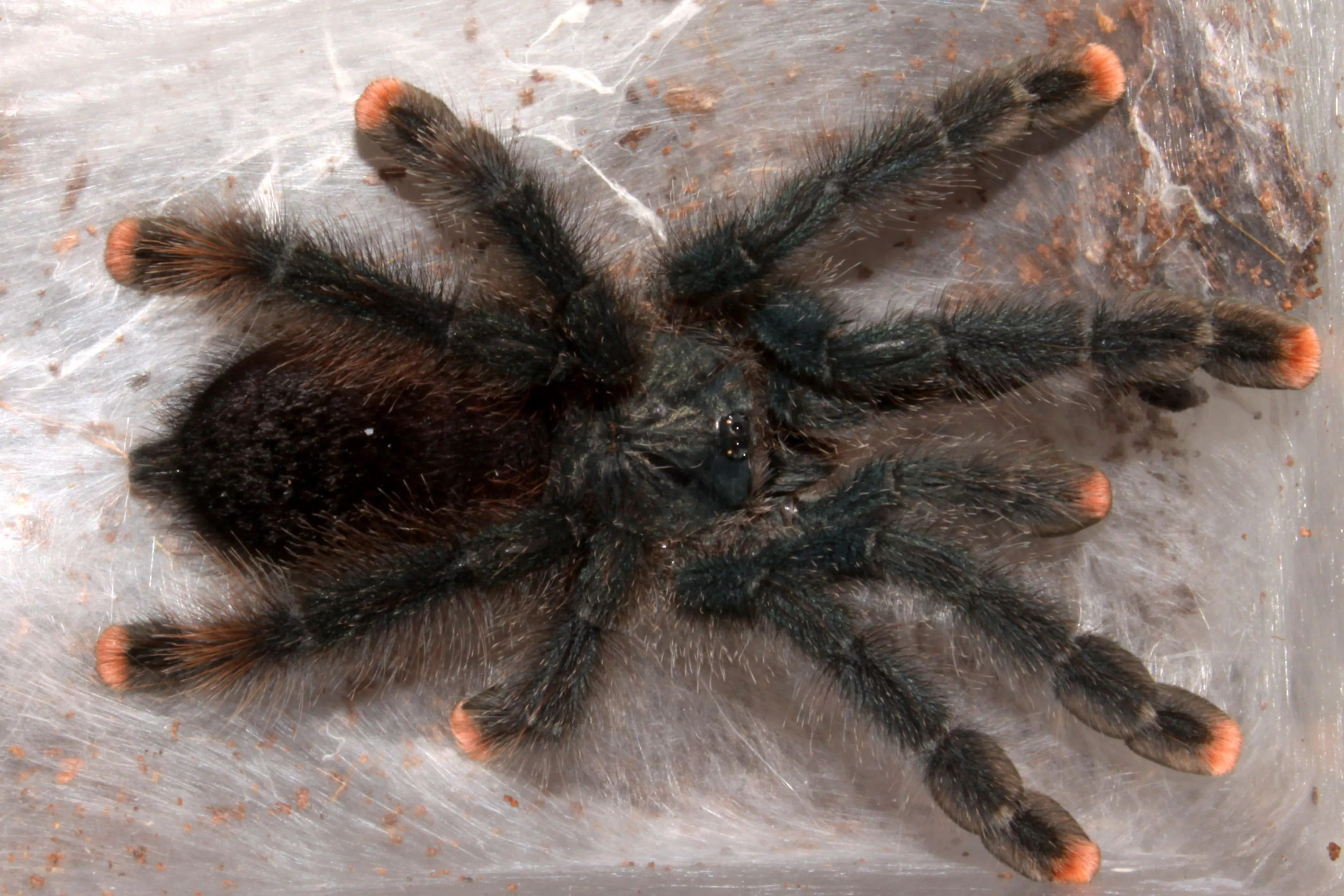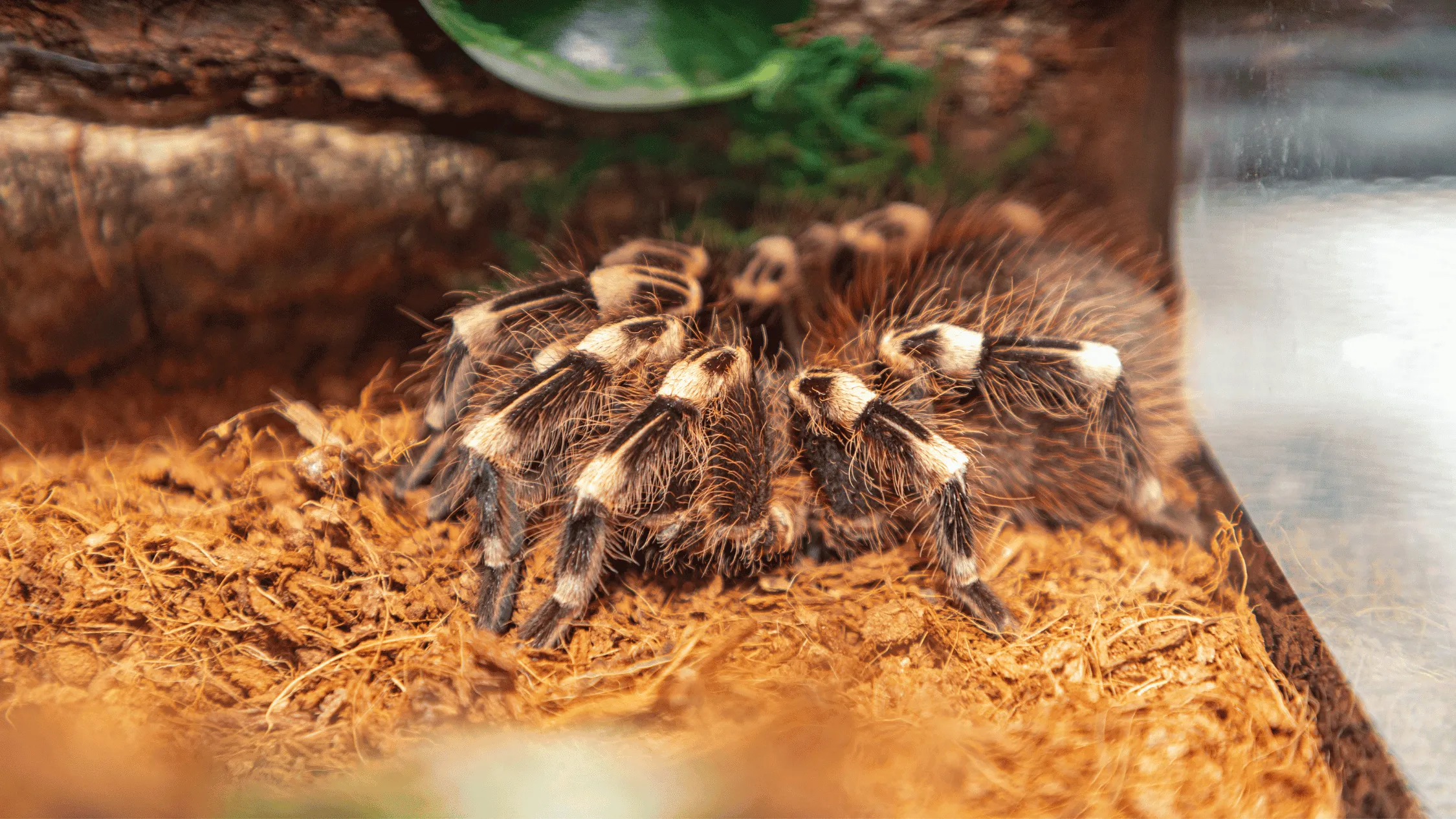Tarantula Pet Videos 8 Must-Know Secrets
Creating tarantula pet videos can be an incredibly rewarding experience, allowing you to share your passion for these fascinating creatures with the world. But, like any niche on YouTube, there’s a learning curve. Success hinges on a blend of tarantula care knowledge, video production skills, and audience engagement strategies. This guide unveils eight crucial secrets to help you create captivating content that attracts viewers and fosters a thriving community around your tarantula pet videos. These insights are designed to provide a solid foundation for both beginners and experienced hobbyists looking to elevate their video game.
Choosing the Right Tarantula Species
The species of tarantula you choose is the cornerstone of your video content. Some species are more docile and easier to handle, making them ideal for beginners and videos that involve interaction. Others, while stunning, may be more defensive or require specialized care, potentially complicating your filming process. Consider the temperament, size, and care requirements of different species before you commit. Research thoroughly to understand the specific needs of each tarantula you feature. Remember, ethical tarantula ownership prioritizes the well-being of the animal. Understanding the ideal environment for different species is very important.
Consider Your Experience Level

If you’re new to tarantulas, start with a beginner-friendly species like the Chilean Rose Hair or the Pinktoe tarantula. These species are generally more docile and have relatively straightforward care requirements. This will not only give you a better chance of success with a pet, but also reduce the risk of encountering defensive behavior during filming. Focusing on easier species initially allows you to gain experience and build confidence before branching out to more challenging species. Avoid species with potent venom or those known for their defensive behavior. Your experience level directly affects the safety and quality of your videos.
Researching Tarantula Care
Thorough research is essential. Before acquiring any tarantula, delve deep into its specific care needs. This includes information about their natural habitat, diet, ideal temperature and humidity levels, and the type of enclosure they require. Online resources, books, and experienced keepers can provide valuable insights. The more you know about tarantula care, the better you can convey accurate and informative content in your videos. This builds trust with your audience and establishes you as a reliable source of information. Consider consulting with a veterinarian who specializes in exotic animals.
Setting Up the Perfect Enclosure
The enclosure is your tarantula’s home and a critical element of your video’s aesthetic. Choose an enclosure that is appropriately sized for the species and life stage of your tarantula. The enclosure should provide enough space for the tarantula to move around comfortably, explore, and exhibit natural behaviors. Always prioritize the tarantula’s well-being when setting up the enclosure, making sure to include elements to enrich its environment. The enclosure should also be well-ventilated, secure, and easy to maintain. A well-designed enclosure not only ensures the tarantula’s health and happiness, but it also creates a visually appealing backdrop for your videos. Consider the angles to film from and how to make your videos more attractive.
Substrate and Habitat

The substrate is the foundation of your tarantula’s habitat. It serves as a bedding material, provides a place for the tarantula to burrow, and helps to maintain humidity levels. The choice of substrate depends on the species, but common options include coconut fiber, peat moss, and vermiculite. Consider adding hides, such as cork bark or artificial plants, to provide your tarantula with security and enrichment. These additions enhance the visual appeal of your enclosure. A properly designed habitat replicates the tarantula’s natural environment.
Temperature and Humidity
Maintaining the correct temperature and humidity levels is crucial for your tarantula’s health and well-being. Use a thermometer and hygrometer to monitor the enclosure’s environment. The ideal temperature and humidity vary depending on the species, so research their specific needs. You may need to use a heat source, such as a heat mat or ceramic heat emitter, to maintain the appropriate temperature. Regular misting or a water dish can help to keep humidity levels at the right level. Always ensure the heat source is properly regulated to avoid overheating the enclosure, which can be fatal to your tarantula. Having a good setup will make great videos.
Feeding Your Tarantula
Feeding your tarantula is a fundamental part of their care and offers excellent video opportunities. Observe your tarantula’s eating habits to determine its appetite. Offer appropriately sized prey items, such as crickets, mealworms, or roaches. Be sure the prey items are safe and have been properly gut-loaded to provide nutrition to your tarantula. Consider the size and age of your tarantula when deciding what to feed them. Regularly removing uneaten prey is essential to prevent stress and mites. Filming the feeding process allows you to show your audience the eating habits of your tarantula.
Choosing the Right Food

The diet of your tarantula should consist of live insects that are appropriate for their size and species. Crickets, roaches, mealworms, and even small locusts are common choices. Before feeding, it’s beneficial to ‘gut-load’ the insects by feeding them nutritious foods like vegetables, fruits, and commercial insect food. This ensures that your tarantula receives a balanced diet and the necessary vitamins and minerals. Avoid feeding your tarantula wild-caught insects, as they may carry parasites or pesticides. This can make your tarantula ill and could ruin your video content.
Feeding Frequency
The feeding frequency depends on the age and species of your tarantula. Spiderlings and juveniles typically need to be fed more often, around two to three times per week. Adult tarantulas can often be fed once or twice a week, or even less frequently. Observe your tarantula’s abdomen; if it appears plump, it has likely eaten recently. It’s important to avoid overfeeding your tarantula, as this can lead to health problems. The best way is to observe the behavior of your tarantula. If it shows a lack of interest in food, it may be a sign it has had enough. Your viewers can see how your tarantula eats in real time.
Handling and Interaction
Handling tarantulas can make for engaging video content, but it should be approached with caution and respect for the animal. Not all tarantulas are suitable for handling, and some species are best left undisturbed. Always prioritize the safety of both yourself and the tarantula. Before handling, learn the specific behaviors of your tarantula species. Handling is best left for experienced keepers who are confident and have a strong understanding of tarantula behavior. It’s essential to handle tarantulas carefully and with respect. Be mindful of their movements and their potential for defensiveness.
When to Avoid Handling

There are several situations where handling should be avoided. Avoid handling a tarantula when it’s molting, as they are extremely vulnerable during this process. Don’t handle a tarantula shortly after it has eaten, as it may be more defensive. Also, avoid handling if the tarantula displays any signs of stress, such as a defensive posture, raised front legs, or flicking hairs. Some species are naturally more defensive than others, and it’s always best to err on the side of caution. When you’re unsure, it’s better to leave the tarantula undisturbed. You can still create great videos without handling.
Safe Handling Techniques
If you choose to handle a tarantula, do so with care. Always handle them close to the ground or over a soft surface in case they fall. Avoid sudden movements and speak calmly to reassure the tarantula. Never grab or squeeze the tarantula. Instead, gently coax it onto your hand. If the tarantula seems stressed or agitated, gently place it back in its enclosure. Make sure to wash your hands before and after handling to prevent the spread of bacteria. Handling should be kept short and gentle, only when necessary for videos. Prioritize the well-being and safety of your pet when creating content.
Filming Engaging Content
High-quality video content is essential for attracting and retaining viewers. Invest in a good camera and lighting to ensure your videos are visually appealing. Pay attention to the audio quality. Use a microphone to capture clear sound. Film in a well-lit area to avoid shadows and poor image quality. Good video content helps your viewers have a better watching experience. Edit your videos to create a polished and professional look. Your goal is to make your content visually attractive and entertaining.
Camera Setup and Lighting

A stable camera setup and good lighting are crucial for producing high-quality videos. Use a tripod to keep your camera steady. Experiment with different camera angles to capture the best views of your tarantula. Proper lighting is essential for illuminating your tarantula and making your videos more visually appealing. Natural light is ideal, but if that’s not available, use artificial lights. Consider using a softbox or diffuser to soften the light and reduce harsh shadows. Ensure you have an attractive background to remove any distraction and draw the viewer’s eye towards your pet.
Editing and Sound
Once you’ve filmed your footage, it’s time to edit. Use video editing software to trim unnecessary parts, add transitions, and create a smooth viewing experience. Consider adding background music, sound effects, and voiceovers to enhance your videos. Make sure the audio is clear and easy to understand. Use a good microphone to capture clear sound. Editing gives your videos a professional touch and keeps viewers engaged. Experiment with different editing techniques to find a style that suits your content and your audience. Learn some good editing skills.
Growing Your Audience
Building a loyal audience takes time and effort, but it’s essential for the long-term success of your channel. Engage with your viewers. Respond to comments, answer questions, and create a sense of community. Collaborate with other YouTubers in the tarantula niche to cross-promote your channels and reach new audiences. Promote your videos on social media platforms and use relevant hashtags. Consistency is key. Upload new videos regularly to keep your audience engaged. Keep creating high-quality content that your audience enjoys. The more you engage, the better your channel will get.
Optimizing Video Titles and Descriptions

Effective titles and descriptions are essential for attracting viewers and improving your video’s search ranking. Use relevant keywords in your titles and descriptions. Write clear and concise descriptions that accurately reflect the content of your videos. Include a call to action, encouraging viewers to like, comment, and subscribe. Research the keywords your audience is searching for and use them in your titles and descriptions. Make sure your titles are captivating and intriguing to entice viewers to click and watch. Good titles will get you more viewers.
Engaging with Your Viewers
Interacting with your viewers is crucial for building a community around your channel. Respond to comments, answer questions, and thank your subscribers for their support. Encourage viewers to share their own experiences and insights. Create polls or ask questions in your videos to encourage engagement. Consider hosting live Q&A sessions to interact with your audience in real-time. A strong sense of community can help your channel grow and encourage subscribers to return for more. Your viewers will be more engaged with your content when they see you are engaged.
Avoiding Common Mistakes
There are several common mistakes that tarantula pet video creators should avoid to ensure success and the well-being of the animals. Avoiding these mistakes will help you create a successful channel and make sure your content is engaging. Be mindful of the issues that can affect your videos and your viewers’ experience. Make sure to create good content and follow best practices when uploading your videos.
Overcrowding Enclosures
Overcrowding your tarantulas’ enclosures can lead to stress, aggression, and health problems. Provide each tarantula with an enclosure that is appropriately sized for its species and life stage. Overcrowding limits the space available for each tarantula to move around, hide, and establish a territory. This can result in fighting, cannibalism, and reduced overall well-being. Always make sure your enclosures have enough space. In your videos, show your viewers the space requirements.
Improper Handling
Improper handling is another common mistake. Always prioritize the safety of both yourself and the tarantula. Avoid sudden movements. Do not grab or squeeze the tarantula. If the tarantula seems stressed, gently place it back in its enclosure. If you are not experienced, it’s best to avoid handling the tarantulas. Make sure your handling techniques are correct and that you do not harm your pet. Your videos should reflect the best handling practices.
Health and Wellness
Tarantulas are generally hardy creatures, but they can still be susceptible to various health issues. It’s important to be vigilant in monitoring your tarantula’s health and taking proactive measures to prevent illness. Maintaining a healthy environment, providing a balanced diet, and recognizing the signs of illness are essential for ensuring their well-being. Your videos should always show the viewer how to keep a healthy pet.
Recognizing Signs of Illness
Learn to recognize the signs of illness in tarantulas. These can include loss of appetite, lethargy, unusual postures, changes in color, and difficulty molting. If you notice any of these signs, consult with a veterinarian who specializes in exotic animals. Early detection and treatment can improve the chances of a full recovery. You can also look to the internet to see what others have done when they’ve encountered a problem. Try to identify problems fast.
Providing Proper Veterinary Care
Just like any pet, tarantulas may require veterinary care from time to time. Locate a veterinarian in your area who has experience with tarantulas. Make sure they are aware of tarantulas. If your tarantula becomes ill, seek professional veterinary assistance. Avoid attempting to treat your tarantula yourself. Providing proper care is essential for maintaining your tarantula’s health and ensuring a long and happy life. You should be able to advise your viewers about veterinary options.
Conclusion
Creating tarantula pet videos offers a unique opportunity to share your passion, educate others, and build a thriving online community. By understanding these eight secrets – from choosing the right species and setting up the perfect enclosure, to filming engaging content and avoiding common mistakes – you can create videos that captivate viewers and establish you as a trusted source in the tarantula world. Remember that ethical tarantula care and the well-being of your animals are paramount. Embrace the learning process, engage with your audience, and enjoy the journey of sharing the fascinating world of tarantulas through your videos. Continue learning and your viewers will continue to watch your videos.
